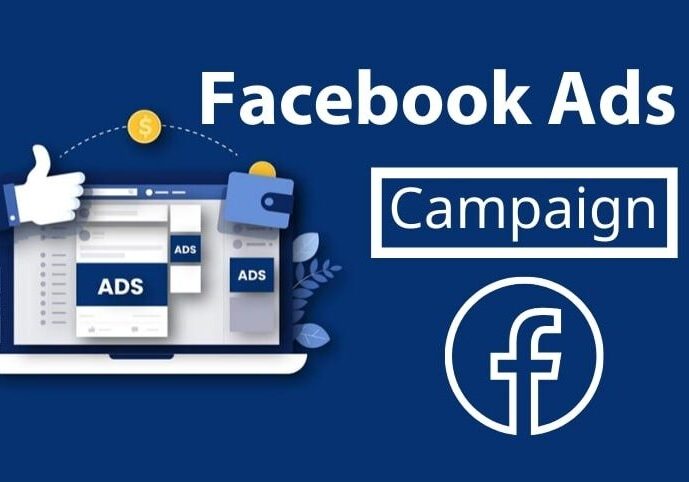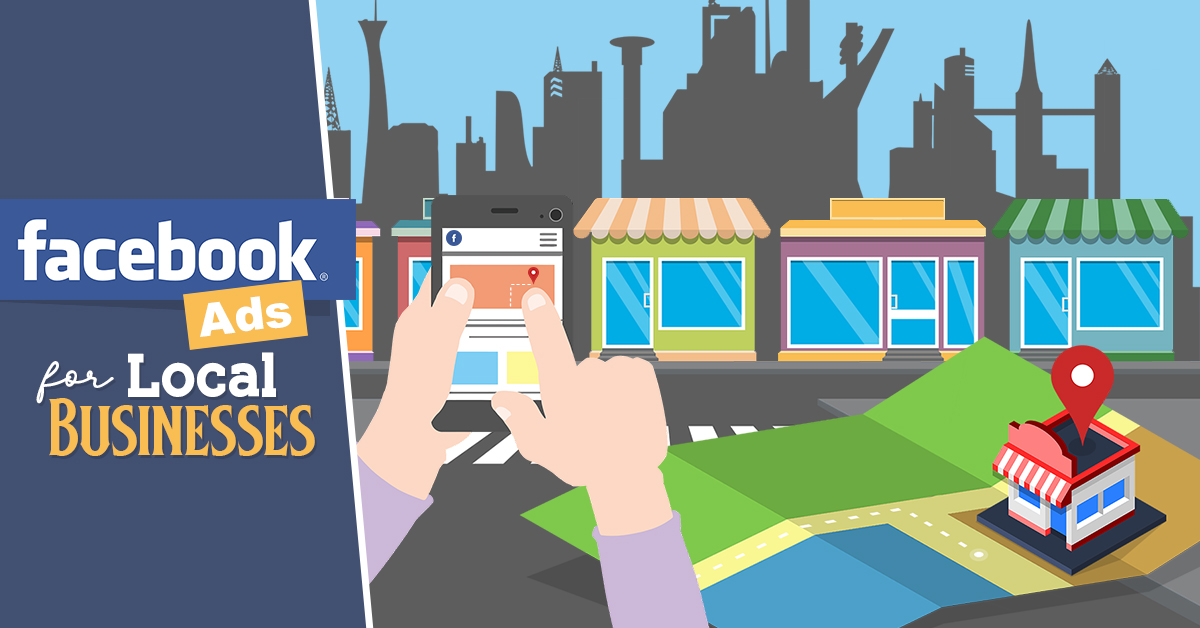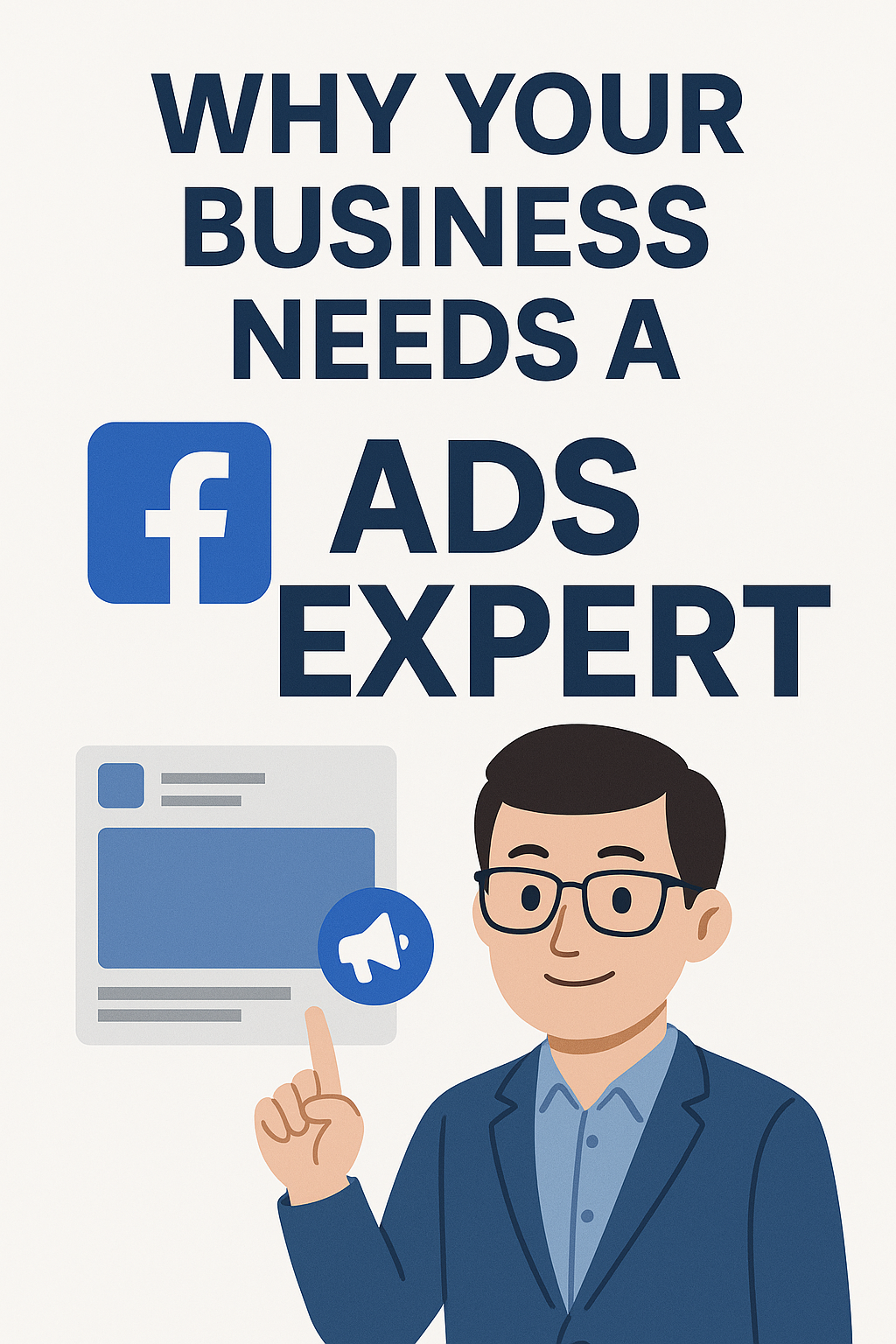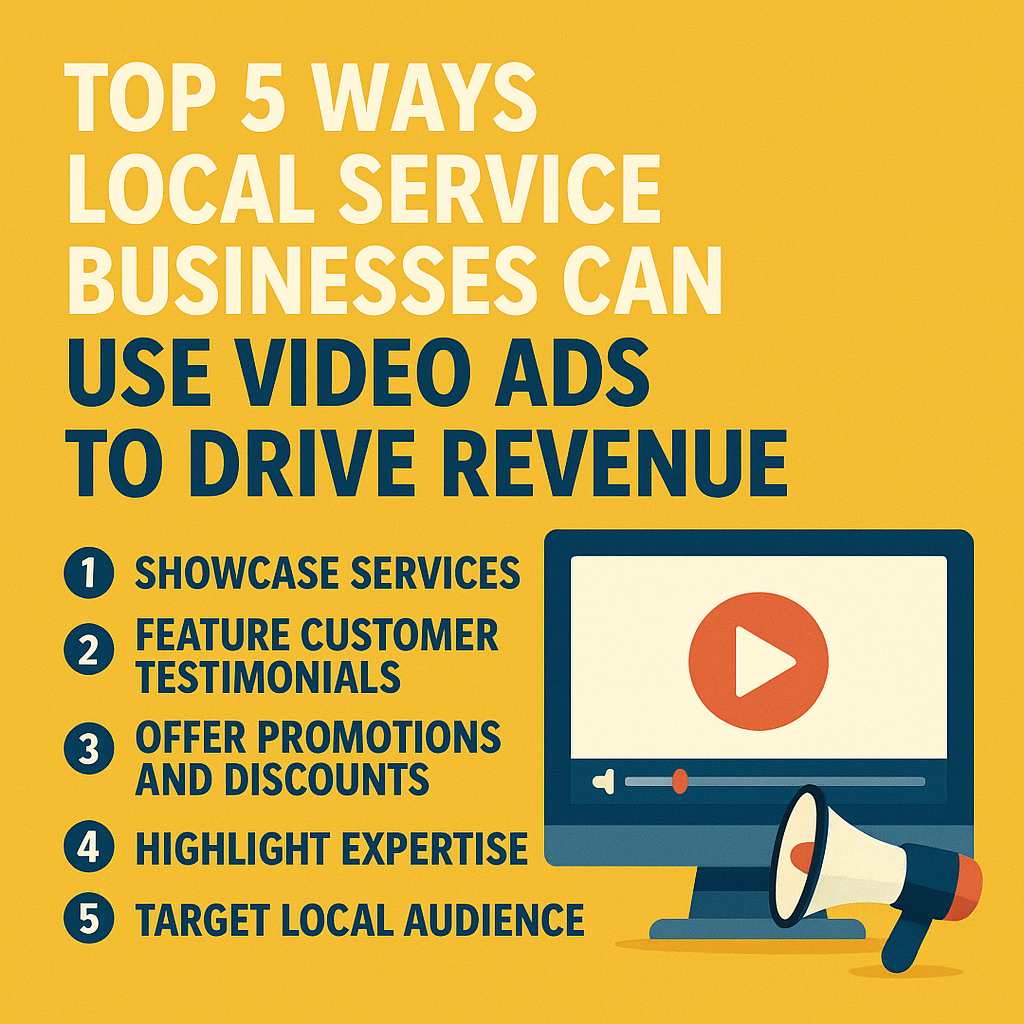One thing is clear: social media is no longer the same.
Several years ago, one could put up a nice picture, add some hashtags, and bang, everybody engaged. Free contact, new subscribers, perhaps even a few sales, had you been lucky.
Now? Organic reach is practically dead.
You can post the best content in the world, and if you’re not boosting it or running paid campaigns, the algorithm barely gives you a nod.
That’s where paid social media advertising services come into play.
If you’ve ever wondered why your competitors’ ads keep popping up on your feed while yours don’t… or how brands seem to know exactly what you’re thinking about buying, this blog’s for you.
We’re going to break down what paid social is, how it works, what the strategy behind it looks like, and why businesses are putting serious money into it.
So grab your coffee (or Red Bull, no judgment) and let’s get into it.
So, What Exactly Are Paid Social Media Advertising Services?
In the simplest terms, paid social means you’re paying platforms like Facebook, Instagram, TikTok, LinkedIn, or Twitter (okay, “X” now, whatever) to show your content to a specific audience.
It’s not just “boosting posts.” It’s a full-blown strategy.
Agencies that offer paid social media advertising services, like Social Web, don’t just throw ads up and hope something sticks.
They analyze your audience, create campaigns, test creatives, adjust targeting, and meticulously measure results.
Compare organic social to fishing in a large pond, waiting for the proper fish to pass by.
Paid social is like placing sonar in the water and dropping bait in front of fish while knowing their whereabouts.
Why Businesses Are Pouring Money into Paid Social?
Because it works.
That’s the short version.
But here’s the real deal: social platforms have gotten smart. Their ad algorithms are some of the most advanced marketing systems on the planet. They know people’s interests, behaviors, and even what time they’re most likely to click on stuff.
You could spend months trying to grow organically and still not reach the audience you want. Or, you could launch a well-built paid campaign and get thousands of targeted impressions in a few days.
That’s the difference.
Paid social isn’t just about getting seen. It’s about getting seen by the right people and then getting them to act.
How Paid Social Actually Works (Step-by-Step)
Let’s demystify it a bit. A typical paid social media campaign follows a process, and each step matters.
1. Goal Setting
Everything starts here.
Do you want more website traffic? Sales? Brand awareness? Lead generation?
You can’t measure success without knowing what success even looks like.
Most businesses skip this part and just say, “We want more followers.” That’s not a goal. That’s a vanity metric. You can have 100k followers and still be broke.
2. Audience Targeting
This is where the magic happens.
You can target based on age, gender, location, interests, job titles, behaviors, and income levels, even people who’ve visited your website before.
Let’s say you sell custom jewelry. You can literally target people who’ve liked posts about engagement rings, who just changed their relationship status to “engaged,” and who live within 20 miles of your shop.
Creepy? Maybe.
Effective? 100%.
3. Ad Creative & Copy
Ad creation is exciting (and sometimes frustrating).
Your images and descriptions must stop scrolling.
People scroll through their feeds quickly, so your ad requires that “wait, what’s that?” aspect.
Creative agencies are paid here. Right picture, brief video, or headline may make or break campaign.
4. Budgeting, Bidding
You choose your daily or monthly budget, and the site auctions your ad in real time.
The trick is spending intelligently, not simply how much.
Instead of spending $5,000 on improper targeting or ad layout, a clever media buyer may stretch $500.
5. Tracking/Optimization
The real job begins when your advertisements launch.
- Paid social isn’t autopilot.
- CTR, CPC, conversions, and ROAS must be tracked.
Campaigns change audiences, creatives, and text. Such agencies as Social Web excel in converting data into results.
Paid Social Media Advertising vs. Organic Social Media
Both are necessary, but they’re different games.
Organic improves brand voice, energy, and follower relationships. Paid reaches individuals who don’t follow you but might.
Here’s a quick comparison:
| Feature | Organic | Paid |
| Reach | Limited | Massive (targeted) |
| Cost | Free (sort of) | Budget-based |
| Speed | Slow | Fast |
| Control | Algorithm decides | You decide |
| Results | Long-term | Immediate |
Paid social fills the gaps organic can’t. When done right, both feed each other; paid brings new eyes, and organic keeps them engaged.
The Strategy Behind a Good Social Media Marketing Approach
This is it. Paid advertising is simply one component.
They function best with a thorough social media marketing strategy.
It goes beyond advertisements. It involves innovation, audience intelligence, and data. A good plan links content, advertisements, analytics, consumer feedback, and website optimization.
Break it down.
1. Truly Understand Your Audience
You cannot market to “everyone.” The equivalent of yelling into space.
You must know your ideal consumer, what keeps them up at night, and what makes them click “add to cart.”
Your campaigns grow more specific as you understand your audience.
2. Create Converting Content
Some advertising shouldn’t sell. Some gain trust via narrative, comedy, or instruction.
People tune out if every post says “Buy now!”
Balance matters. Social media marketing requires direct and indirect communications.
3. Test. Learn. Repeat.
No campaign is perfect from day one.
Even the best marketers test multiple versions of an ad before finding the winner. Different visuals, captions, and CTAs are tested.
The more you test, the faster you learn what actually works.
4. Measure What Matters
Forget vanity metrics. Likes are nice, but sales and leads keep the lights on.
Look at:
- Cost per lead (CPL)
- Conversion rate
- Click-through rate (CTR)
- Return on ad spend (ROAS)
If you’re spending $1 to make $5, you’re doing it right.
The Role of Retargeting
Ever looked at a product online, then suddenly started seeing it everywhere?
That’s retargeting.
It’s one of the most powerful parts of paid social media advertising services.
You can show ads specifically to:
- People who visited your website but didn’t buy
- Users who added something to their cart but didn’t check out
- Past customers who might buy again
Retargeting reminds people you exist, and it works because those users already showed interest once. You’re just giving them a gentle nudge.
Why Should You Work with an Agency?
Could you run your own ads? Sure.
But should you? Maybe not.
Here’s why: the platforms change constantly. Targeting options, ad formats, and best practices are a moving target.
A professional team already knows the ropes. They’re testing ads daily across multiple industries. They’ve seen what works and what doesn’t. That experience saves you from burning through your ad budget on trial and error.
When you partner with a team like Social Web, you’re not just paying for ad management. You’re paying for strategy, creativity, testing, and performance tracking.
Social Web handles everything from research and creative design to optimization and reporting so you can focus on running your business.
The Future of Paid Social Media Advertising
Paid social will stay.
It’s growing increasingly important and competitive.
What to anticipate:
- Ironically, platforms are automating ad distribution using AI.
- TikTok and Reels advertising outperforms static visuals.
- Better personalization: Data-driven advertisements will feel more personalized.
- Personal data and retargeting lists are growing valuable as cookie monitoring declines.
Rapidly adapting brands will succeed. Those who resist? They’ll vanish in algorithms.
Final Thoughts
Paid social media advertising services isn’t magic. Psychology, data, creativity, patience, and persistence are involved.
Understanding how consumers think, scroll, and purchase.
It may dramatically change your internet company’s growth if done effectively.
Next time you wonder why your articles or website aren’t receiving enough traffic, remember that it’s not simply the content. The plan behind it.
To transform your business from “invisible” to “everywhere,” partner with Social Web for an effective social media marketing approach and paid advertising.
You may resist the algorithm or learn to use it.
Your choice.
FAQs
- What’s the difference between paid social media advertising and regular posting?
Regular posting (organic) relies on followers and the algorithm. Paid social puts your content in front of targeted people even if they don’t follow you. It’s controlled reach instead of hoping for reach. - How much should I spend on paid social ads?
There’s no fixed number, but a good starting point is 5–10% of your monthly revenue. The key is testing small, learning what works, and scaling up what converts. - Which platform gives the best ROI?
It depends on your business. Facebook and Instagram are great for B2C. LinkedIn crushes it for B2B. TikTok’s huge for Gen Z and creative brands. - Can paid social really help small businesses?
Absolutely. You don’t need huge budgets to get results. With the right targeting and creative, even $10–$20 a day can drive real leads or sales. - How long before I see results?
Usually 2–4 weeks for initial data and optimization. The longer you run and refine, the stronger your results get over time.






